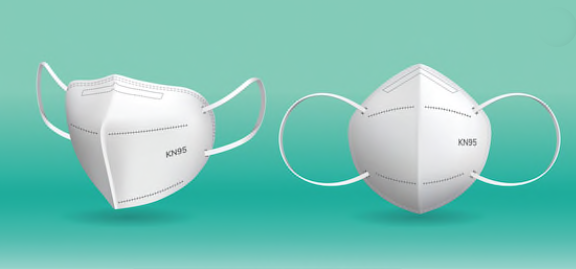Mask 101

It seems logical, and it is: all masks aren’t created equal. An ideal mask blocks both large respiratory droplets (from sneezing and coughing) and smaller aerosols (from exhaling and talking).
Here are two simple tests to see if your mask offers at least some protection. Hold your mask up to a bright light. If you can see the light through the mask, it should be discarded. If you can’t see light, then try the second test. Light a candle and attempt to blow it out through you mask. If you can blow it out, get a better mask. If you can’t blow it out, you know it will offer at least some protection.
According to the Wall Street Journal, a scarf or bandana offers only 20% protection- perhaps even less. Cloth masks with higher thread counts are better. And multiple layers help. A very good cloth mask offers about 50% protection.
Surgical masks are superior to cloth masks. However, according to some studies, even high-quality surgical masks are only about 60% to 70% protective. That is largely a result of aerosol leakage from the boundaries of the mask. With surgical masks, watch out for knockoffs They often look genuine but may not be. The packaging of an authentic medical-procedure mask will have a 2 or 3 ranking from the FDA on the packaging.
The best protection is offered by N95 or equivalent mask. They seal very tightly around the nose and mouth, thus greatly reducing the escape of large droplets and smaller aerosols. For people at high-risk, or for those with a high fear factor, the N95 is a must have. Typically, N95 masks cost about $4.00 each. The Department of Homeland Security has published instructions online on disinfecting and reusing N95 masks. Again, there are counterfeit N95 masks out there, so be careful what you buy.
One note of caution- even wearing an N95 mask is no guarantee of absolute protection.
